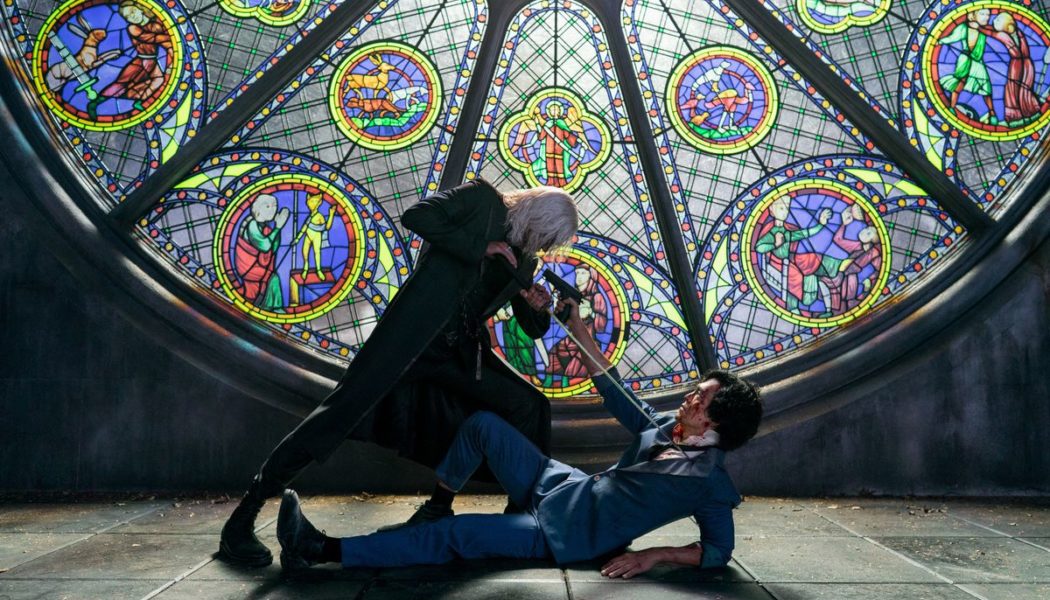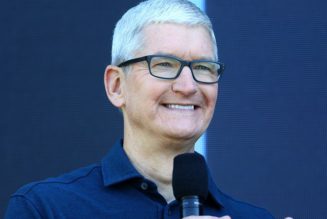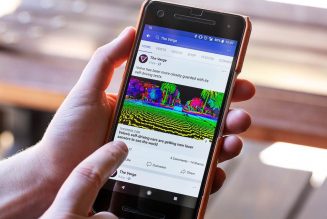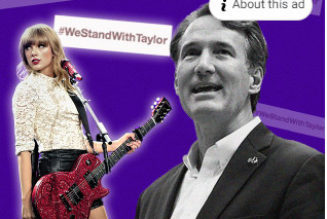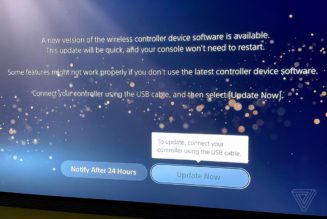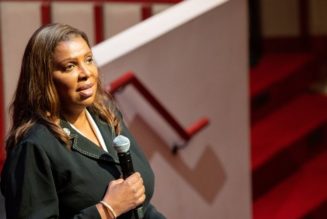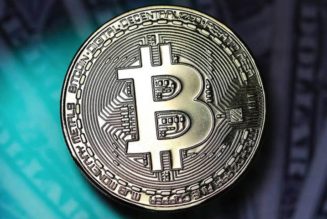Netflix’s live-action take on Cowboy Bebop comes with a lot of expectations.
Much of those come from the existing fans, of course — those who loved the original anime with its jazz- and corgi-infused mix of noir and sci-fi and are hoping the new series does it justice. Then there are those coming to the show without existing expectations, who are just looking for some great space capers. On top of this, Netflix’s Bebop is also the latest in a growing list of attempts at turning classic anime into live-action shows or movies. For the most part, these have been an unqualified disaster, whether it’s the Americanized Death Note movie or M. Night Shyamalan’s forgettable take on The Last Airbender.
Cowboy Bebop, though, has offered glimpses of hope in the lead-up to its debut. There’s the painfully stylish opening credits sequence, a promising cast featuring the likes of Daniella Pineda, John Cho, and John Cho’s hair, and the all-important news that Yoko Kanno would return to compose the main theme.
To figure out whether or not the series will satisfy any of these audiences, we enlisted long-time Bebop fan Ash Parrish and newcomer Andrew Webster to binge all 10 episodes and report back. Let’s go, space cowboys.
[embedded content]
Andrew: I have to admit, the show didn’t grab me at first, which was surprising. It has a lot of things I love: great music; a retrofuturistic world; elements of noir, westerns, and even a hint of samurai movies; and characters defined by mystery. The Netflix series is centered on a trio of bounty hunters — called cowboys, in this universe — who form an uneasy alliance. There’s Spike (Cho), the prototypical badass with a dark and mysterious past. Jet Black (Mustafa Shakir), his self-serious partner who used to be a cop and is trying his best to be a good dad. Soon enough, they’re joined by Faye Valentine (Pineda), an amnesiac looking to find out who she really is.
It’s a great setup, but something about it felt… off, at least early on. Some of it was the aesthetics — Jet’s strange beard that’s obviously a wig or Spike’s odd-fitting suit. The action felt stiff, and the CG looked cheap. Meanwhile, everyone behaved like a flat caricature in the early episodes. It seemed like the show expected me to already know and understand these characters.
But things changed the more time I spent with them. The highlight of Cowboy Bebop for me has been the found-family dynamic between Jet, Faye, and Spike. The way Jet can’t help but be a dad, taking everyone out for bowling and forcing them to have fun, or how Spike tries to do the right thing but keeps getting caught up in his old life. I went from not caring about these characters to tearing up when Faye finally gets the smallest hint about her past. It took some time and looking past some of the show’s rough edges, but I got there.
Ash, what was it like coming to this from the anime?
Ash: I felt what you felt initially. Cowboy Bebop was such a formative experience for me as a teenager covertly watching the anime long after my appointed bedtime. I can definitively state that I wouldn’t become the person I am now without this show. Its aesthetic, from the noir-style storytelling to its jazzy soundtrack, became the foundation from which most of my taste, style, and ambitions come. But instead of recoiling with horror when the show was announced, which is understandable whenever an anime gets life action-ified, I was cautiously optimistic. If the show failed, at least I’d get new Yoko Kanno music. If the show succeeded, I’d finally have an anime adaptation worth a damn, and I’d get new Yoko Kanno music. I couldn’t lose.
But my cautious optimism deflated after the first two episodes. I already didn’t like that the opening credits was a shot-for-shot reproduction of the anime’s credits, and the first episodes looked amateurish — like Netflix was putting on a Cowboy Bebop community theater performance rather than an ostensibly million-dollar production. It wasn’t any of the actors’ fault; I just felt they were doing their best with less than stellar dialogue.
John Cho (and his hair) can do no wrong, and he perfectly embodies the kind of nonchalant, wiseass I know Spike Spiegel to be. You’d be forgiven if you heard Mustafa Shakir as Jet Black and thought you were listening to Beau Billingslea from the anime dub. Pineda’s Faye was the breakout character, though. She’s not the Faye Valentine I knew but a better one, updated for modern audience sensibilities. She’s funnier than her anime counterpart, and her sexiness is transformed to make her feel more competent and less like an object to ogle.
Faye’s transformation is the first evidence of Cowboy Bebop being a faithful representation of the spirit of the show and not a simple recreation to the letter. A lot of characters got refreshing updates that translate better to a 2021 live-action show than a straight copy / paste from a 1996 anime would. In particular, Cowboy Bebop the anime wasn’t particularly nice to queer characters, framing them as jokes to ridicule or tricksters to be repulsed by. Gren, from the two Jupiter Jazz episodes, was a man who became intersex after he was experimented on in prison. There’s a particularly nasty exchange when Faye catches him naked in the shower and asks, “What are you?” in a disgusted and alarmed tone. Live-action Gren, played by non-binary actor Mason Alexander Park, retains their same gender queerness but suffers none of the same queerphobia and is instead an integral member of the cast (while also being the best dressed).
When the story failed for me early on, the characters kept me hooked. So we’ve talked about the cast a lot, but what did you think of the world of Cowboy Bebop?
:no_upscale()/cdn.vox-cdn.com/uploads/chorus_asset/file/23006589/COWBOYBEB__Unit_07835RC.jpg)
:no_upscale()/cdn.vox-cdn.com/uploads/chorus_asset/file/23006593/COWBOYBEB_Unit_02503RC.jpg)
:no_upscale()/cdn.vox-cdn.com/uploads/chorus_asset/file/23006599/COWBOYBEB_ArtDept_00543R2.jpg)
Andrew: I don’t understand how they made this universe work. There’s so much going on, all pulled from so many very obvious inspirations, and yet it feels cohesive. We’ve seen shows like Firefly struggle to pull this off, for instance; the Western and sci-fi elements of that show worked together, while the attempt to add aspects of Chinese culture seemed forced. But here, everything feels seamless. When the main villain, Vicious (played by a wonderfully menacing and maniacal Alex Hassell) wields a katana, it doesn’t feel out of place, even if he’s a blonde with an English accent.
I think the reason for this is the sheer attention to detail in the worldbuilding. The universe feels like a real, lived-in place with history. You can see it in the grim, dirty streets of New Tijuana or the old Macintosh computers and pager-like cellphones everyone has. (Between Cowboy Bebop and Loki, it’s been a good year for retro hardware.) The Bebop itself looks like a beat-up space truck on the outside and a dorm room on the inside. You can see various cultures on display everywhere: Jet relaxes with a bonsai garden, listens to Coltrane, keeps a stash of Jamaican rum, and is always on the lookout for new dumpling recipes. I also loved some of the more offbeat worldbuilding elements, like the goofy infomercial-style show that cowboys watch to stay up to date on new bounties.
The only thing that lets it down is the uneven CG work. The sets, props, and costumes in Cowboy Bebop are almost uniformly good (I even warmed to Spike’s suit), but the various effects mostly looked cheap and out of place. This is especially true for just about every scene that takes place in outer space. It goes from a gritty noir western to a made-for-TV sci-fi movie very quickly.
Still, though, there’s something undeniably stylish about it, even when the show’s reach sometimes extends beyond its grasp.
Now about that music…
Ash: Did someone mention Cowboy Bebop music?! When this project was first announced, I remember stating loudly in all caps that this endeavor would unequivocally fail without Yoko Kanno’s music. If she declined to participate or the show’s producers neglected to consider her involvement, then the project should cease, full-stop, because Bebop is not Bebop without its music. The soundtrack, produced by Kanno and performed by her jazz band The Seatbelts, is Bebop’s sixth man. The music is integral to Bebop’s defining moments; Spike walking up to the church in “The Ballad of Fallen Angels” just does not have the same impact without the blaring organ of “Rain” accompanying him.
I was happy, jazzed if you will, to hear my favorite songs in the world remixed and repurposed for a new show. I broke into the biggest grin when Spike appeared for the first time and “Spokey Dokey” was playing on his headphones. One of my biggest concerns early on was that the new Bebop would be a shot-for-shot recreation of the anime. I’m so glad it’s not that at all, but there’s a moment that I won’t spoil when the show is a shot-for-shot recreation down to the music, and it works so perfectly that I stood up and hollered. In that moment, Cowboy Bebop understood its assignment.
I wish the show dug out some of its less well-known tracks like “Want It All Back” — which would have made a great chase sequence song — instead of relying on old standards. I’m also mightily annoyed that I didn’t hear “What Planet Is This” once during the whole show. Missed opportunity. There’s one new song that shows up in the penultimate episode that oozes Kanno. I heard its moody, synthy vibes and instantly recognized Kanno at her best. It will be a crime of the highest order if Netflix doesn’t release the soundtrack. Better yet, a Netflix-sponsored The Seatbelts North American tour. A girl can dream.
Andrew: The best thing I can say about the show is this: despite the occasionally stilted action, goofy wigs, and uneven CG, it has finally convinced me to binge the anime. It only took 23 years.
Cowboy Bebop starts streaming on Netflix on November 19th.
